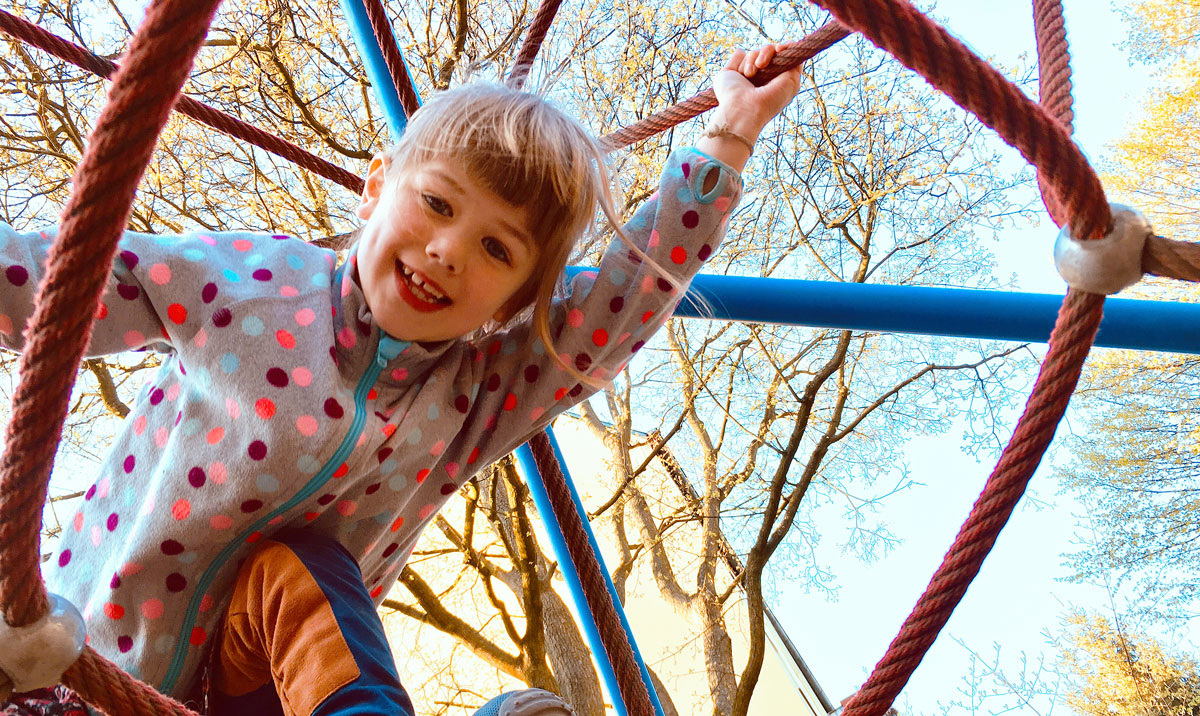Muscle Diseases
In Germany alone, it is estimated that approximately 300,000 people live with a muscle disease, also known as muscular atrophy. For most of those affected, the muscle weakness develops over the course of life. In some children, the symptoms appear immediately after birth or in the first few months. Children with a congenital muscle disease are usually more severely affected and depend on aids at a very early age. Their life expectancy is often limited.
There are many different muscle diseases, all of them have a genetic defect as their cause.
Maje has a so-called “laminopathy” because the production of the protein “lamin” is disturbed.
Laminopathies are a very heterogeneous group of diseases caused by mutations in the LMNA gene. The diseases can be divided into four groups, although there are also overlaps.
Muscle Disease
- EDMD (Emery Tribrach) - LGMD1b - L-CMD - DCM 1a
Peripheral Neuropathy
Marie-Charcot-Tooth Neuropathy type 2B1
Disease of the fatty tissue
- Lipodystrophy type Dunningan (FPLD) - Manidulo-acrale Dysplasia - Lipoatrophy in combination with diabetes, liver steatosis, HCM and leukomelanodermia
Disease of premature aging
- Werner syndrome - Hutchinson-Gilford progeria syndrome - Lethal Restriktive Dermopathy
Graphic from the dissertation “Genetic analysis of the LMNA gene coding for lamin A/C in patients with hypertrophic cardiomyopathy and non-compaction cardiomyopathy” by Maraike Neubert.
Maje was diagnosed with LGMD1b. It is a so-called new mutation, i.e. it occurs for the first time in her family.
The disease LGMD1b means that Maje’s muscles were not healthy from birth and that they break down and disintegrate faster in the body. As a result Maje becomes weaker and weaker. Most of the main muscle groups of the body are affected by the breakdown and over time the heart and lungs are also affected.
Maje is now 9 and already dependent on a electric wheelchair. She is very weak overall. She finds it difficult to get up from the floor, sit freely or lift a glass to her mouth.
Due to her weak back muscles she has developed a strong scoliosis and wears a corset every day, which is supposed to delay the operative stiffening of her spine. In general, she handles her situation so naturally. She hardly complains and is all in all a very cheerful, carefree child.
Unfortunately, there is currently no cure or treatment that could slow down the process of the disease.






